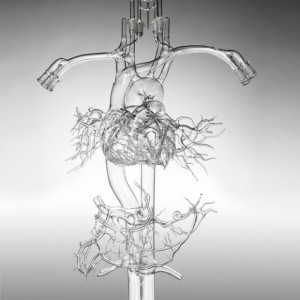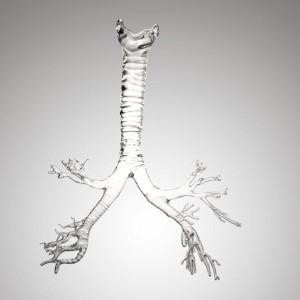Comments Off 
OCTOBER 24TH, 2012
By BANU PLUIE
Interest in the application of engineering methods to problems in congenital heart disease has
gained increased popularity over the past decade. The use of computational simulation to
examine common clinical problems including single ventricle physiology and the associated
surgical approaches, the effects of pacemaker implantation on vascular occlusion, or
delineation of the biomechanical effects of implanted medical devices is now routinely
appearing in clinical journals within all pediatric cardiovascular subspecialties. In practice,
such collaboration can only work if both communities understand each other?s methods and
their limitations. This paper is intended to facilitate this communication by presenting in the
context of congenital heart disease (CHD) the main steps involved in performing
computational simulation – from the selection of an appropriate clinical question/problem to
understanding the computational results, and all of the ?black boxes? in between.
More
Comments Off 
OCTOBER 24TH, 2012
By BANU PLUIE


Handmade Glass Anatomical Models by Farlow’s Scientific Glassblowing
Gary Farlow can make art out of arteries. He and his team of 10 at Farlow?s Scientific Glassblowing are able to transform the body?s vasculature?and nearly all of its other parts?into an ornate borosilicate glass sculpture, from the heart?s ventricles to the brain?s circle of Willis. ?We do almost every part of the body,? Farlow says. ?It can take a pretty artistic mind to make some of these things.? With the help of cardiologists, the team creates custom see-through systems for science and medical training.
Their anatomically correct models can be designed to simulate blood flow, teach placement of catheters and angioplasty devices, or simply test or demo new surgical gizmos. Individual arteries, veins, and capillaries are shaped and fused together, one at a time. Ground-glass joints are added at the exposed ends so a head, say, can be connected to the carotid arteries should customers want to expand their model. A full-body setup could cost $25,000, so don?t get any bright ideas about using one as a brandy decanter.


